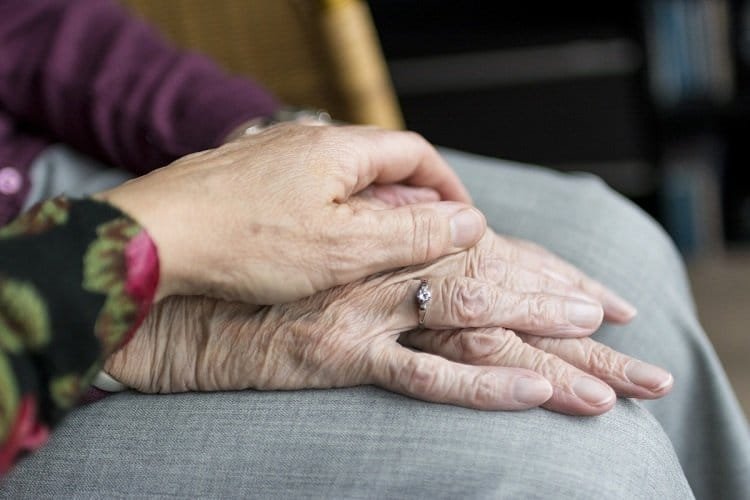While babies born in the U.S. after the year 2000 are expected to live to see their 100th birthdays, average life expectancy for older adults now continues to see a decline.
Decade after decade, life expectancy has grown by a few months year to year. That was until 2016. With an increasing death rate, life expectancy projections are down for a third year in a row in the U.S. topping out at an average of 78.8 years. The only previously recorded 3-year decline in life expectancy accompanied the worst influenza pandemic in modern history between 1916 and 1918.
What does the data say?

Based on a first-pass analysis of death certificates received in 2017, the overall death rate rose 1% last year to about 734 deaths per 100,000 people. One major contributing factor is heart disease, the number one killer in the U.S.
The death rate associated with heart disease remained relatively stagnant which means almost as many people died from heart disease in 2017 as they did in 2016 while rates for other top killers like Alzheimer’s, pneumonia, and diabetes rose. The good news is that some other conditions with high fatality rates fell; for example, cancer deaths dropped 2%.
Why hasn’t there been a break in heart disease deaths? Researchers believe that risk factors like increasing rates of obesity and hypertension are making more and more people susceptible to common lifestyle diseases like heart disease, stroke, and diabetes.
Tips for Improving Life Expectancy

If you are an older adult looking to improve your chances of beating the average life expectancy age, keep these key tips in mind:
Preventing heart disease. While some hereditary factors can contribute to the risk of developing heart disease, it is largely a lifestyle disease that results from your habits. Maintaining the integrity of your cardiovascular systems comes down to what you eat and the amount of exercise you get.
Physical activity helps to strengthen your heart muscle so it can sufficiently pump blood throughout your body while limiting foods with sodium, cholesterol, and saturated and trans fats can aid your arteries.
Self-monitoring. Don’t get caught off-guard by lifestyle diseases. If you are in the early stages of hypertension, for example, having the right equipment at home to self-monitor your blood pressure levels equips you with the power to set goals, avoid spikes, and track your progress in lowering your blood pressure.
Same goes for diabetes – regularly checking blood sugar levels and fine-tuning your diet and fitness plans to help keep them stable starts and ends with your hard work at home. Annual well-checks and recommended preventative screenings with your doctor can also go a long way to helping you catch early warning signs and take quick action to prevent negative health developments down the line.

Preventing falls. With 1 in 4 adults over 65 experiencing a fall at home, fall prevention plays a key role in longevity. Many falls land seniors in the hospital where they are at increased risk of contracting hospital-acquired pneumonia, a leading cause of fatal infection for seniors. Falls also negatively impact many seniors’ mobility and activity levels, leading to excessive sitting, poor eating habits, drops in exercise, social isolation, and more – all contributing factors towards early mortality.
Fall prevention can be as simple as installing railings and grab bars around tricky environments like staircases and bathrooms. Clearing away clutter, making lighting consistent across rooms, using mobility aids as recommended by your doctor, and exercising to keep joints and muscles strong and flexible also significantly help.
Staying active. Whether it’s participating in an exercise class or simply going out for a walk with a friend, staying physically and socially active is a must for improving life expectancy. Routine exercise not only lowers risk for lifestyle diseases but also reinforces your mind and body to combat conditions like dementia as you age.
Engaging with others socially also improves mood and guards you against stress, anxiety, and depression. Couple your time exercising with social interaction by practicing yoga with friends, participating in charity volunteer or walking events, or taking up group exercise activities like social dancing.
Stress less. Stress implores the body to react, triggering extra cortisol production, stimulating flight or flight responses, and tensing up muscles. Everything from headaches to back pain and anxiety often result from chronic stress, and left unmanaged, it can affect your quality and quantity of life.
Find ways that help you relieve stress like meditating, aromatherapy, exercising, getting a massage, coloring, exercising, or listening to music. Healthy stress management can be the deciding factor in both your health and your happiness so discover unique ways to find peace of mind whether at home, at work, or on the go.

